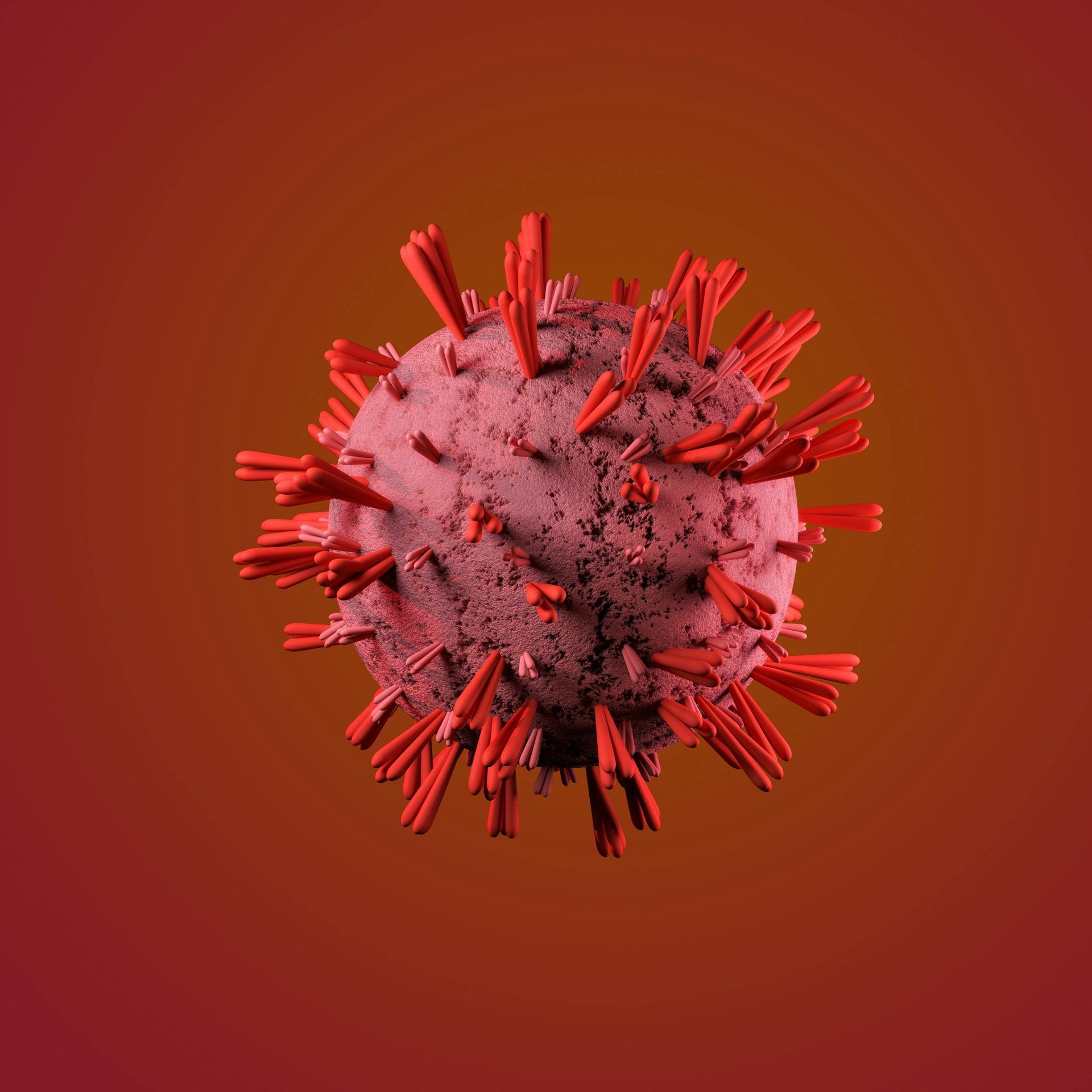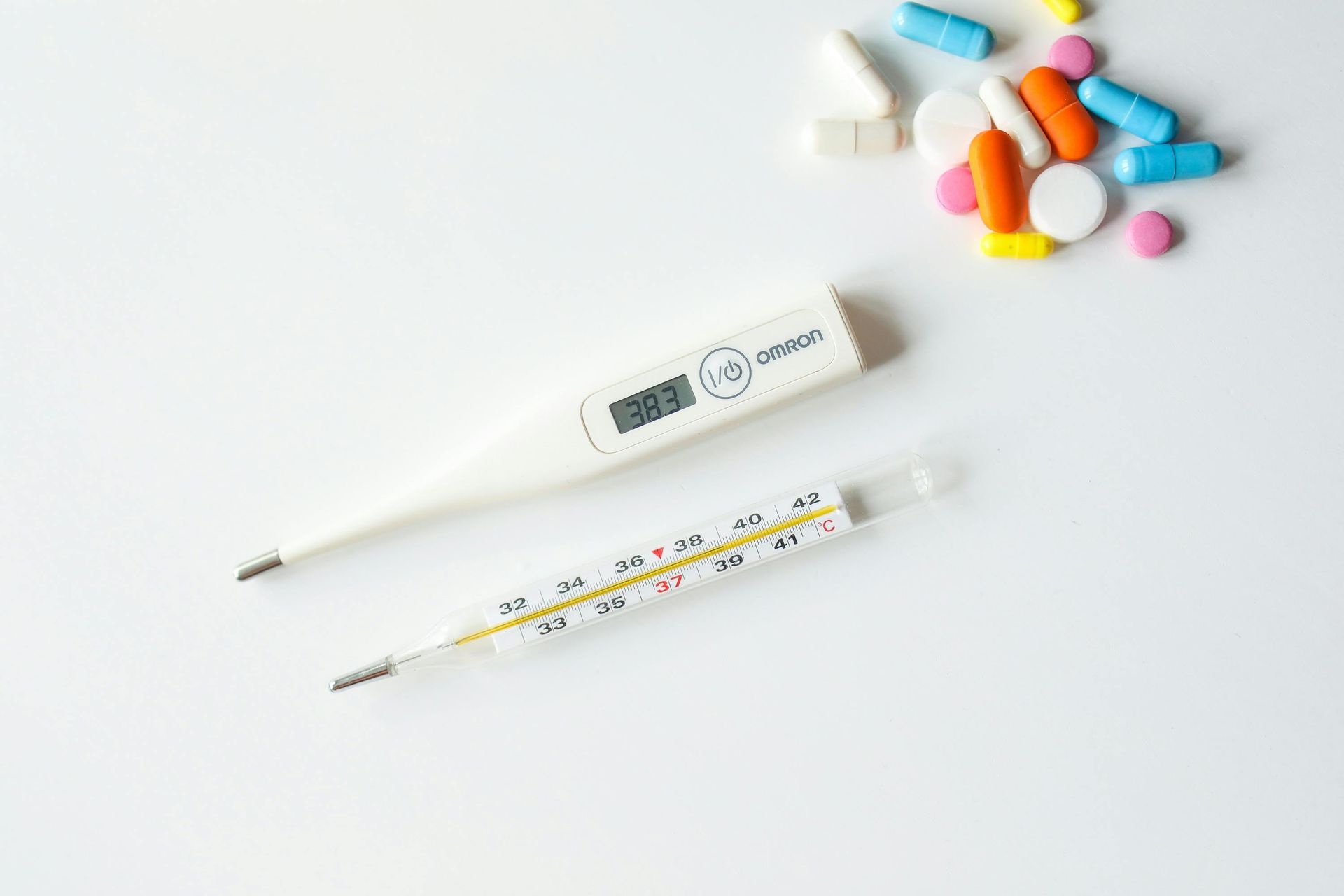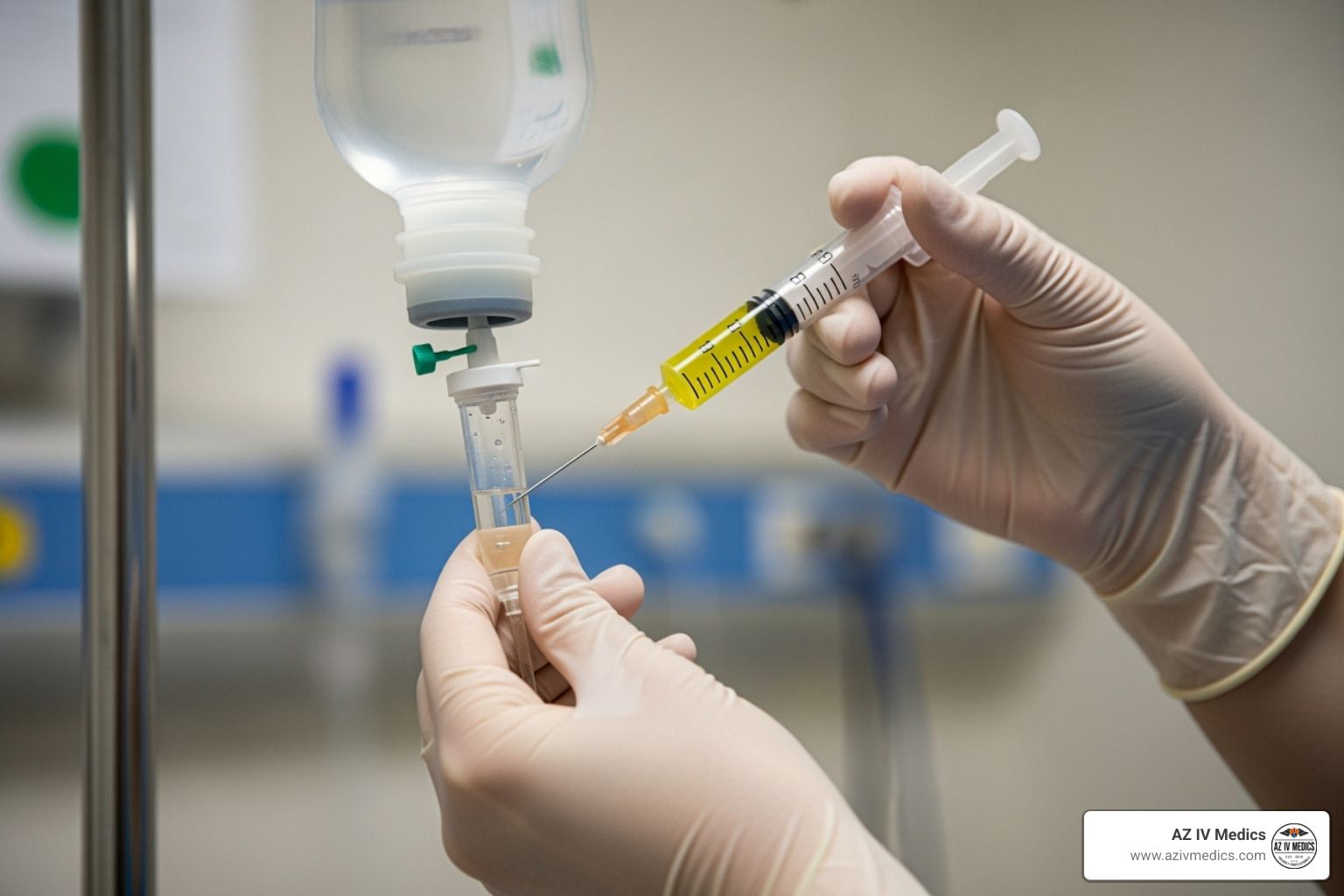IV Therapy for Iron Deficiency: Fast Relief for Low Iron Levels

Medically reviewed by Micaela Strevay, FNP-C, PMHNP-BC
Table of Contents
IV therapy for iron deficiency offers a powerful solution for people struggling with low iron stores and iron deficiency anemia. When iron supplement pills fail to restore adequate iron levels, intravenous iron provides rapid, effective treatment that delivers iron directly into your bloodstream, bypassing gastrointestinal disease complications.
Iron deficiency affects millions worldwide, causing fatigue, weakness, and impaired cognitive function. While traditional iron supplementation works for many, some individuals need iron infusion therapy to replenish iron stores and restore healthy red blood cells for optimal oxygen transport.
What Is IV Therapy for Iron Deficiency?
IV Iron therapy, also known as intravenous iron infusion or iron infusion therapy, is a medical treatment that delivers parenteral iron directly into the bloodstream through a vein. This method allows for rapid absorption and immediate availability of iron for red blood cell production, making it highly effective for treating iron deficiency anaemia.
Unlike oral iron supplements that pass through the digestive system, IV iron infusions bypass absorption issues and deliver concentrated parenteral iron products directly where needed. Healthcare providers administer IV iron infusions in clinical settings, with sessions lasting 15 minutes to several hours depending on the iron formulations used.
How Does Intravenous Iron Work?
Intravenous iron delivers elemental iron in complex molecular structures, including ferric oxy-hydroxides and iron saccharide compounds, that prevent iron toxicity while ensuring optimal bioavailability. Once administered, these iron formulations release iron gradually, allowing your body to incorporate it into hemoglobin production and restore depleted iron stores through proper iron metabolism.
Healthcare professionals insert a small catheter into your vein, then slowly infuse the iron solution while monitoring blood pressure and watching for adverse events or hypersensitivity reactions. Your blood cells absorb the iron to produce hemoglobin—the protein responsible for oxygen transport and maintaining adequate brain iron levels.
Different iron formulations include iron sucrose, iron dextran (including intravenous iron dextran), ferric gluconate, ferric gluconate complex, ferric derisomaltose, ferric hydroxide, and iron isomaltoside 1000. Each has unique characteristics for effective treatment of iron deficiency.
Who Needs IV Iron Therapy?

People with iron deficiency anemia often require IV iron when oral iron supplements prove ineffective. The diagnosis of iron deficiency involves blood tests including iron saturation levels and complete blood count analysis. Several conditions increase the likelihood of needing intravenous iron treatment for management of iron deficiency anemia.
Chronic kidney disease patients frequently develop iron deficiency anaemia due to reduced production and regular blood loss during dialysis. These individuals often receive IV iron infusions alongside recombinant human erythropoietin therapy to maintain adequate hemoglobin levels and prevent blood transfusion requirements while monitoring blood phosphate levels.
Inflammatory bowel disease causes chronic blood loss and impaired iron absorption, creating persistent iron deficiency that oral supplements cannot address. IV iron therapy provides effective treatment of iron deficiency without worsening gastrointestinal disease symptoms.
Severe iron deficiency anemia and blood disorder conditions require rapid iron supplementation. When hemoglobin drops dangerously low, parenteral iron offers faster recovery than traditional iron supplement pills.
Benefits of IV Iron Infusions
IV iron infusions provide numerous advantages over oral iron supplements, particularly for individuals with absorption difficulties or severe deficiency requiring immediate intervention.
Intravenous iron delivers concentrated doses directly into your bloodstream, allowing rapid rebuilding of iron stores compared to oral iron supplementation. Most patients experience significant improvements in energy levels within days to weeks of iron infusion therapy.
Many people cannot tolerate iron supplement pills due to gastrointestinal side effects. Parenteral iron products avoid the digestive system entirely, eliminating uncomfortable symptoms while providing effective iron supplementation.
For patients with inflammatory bowel disease, chronic kidney disease, or other conditions affecting absorption, IV iron proves significantly more effective. Direct delivery ensures maximum bioavailability regardless of digestive function and supports proper iron metabolism.
What to Expect During Treatment
Before receiving IV iron, healthcare providers conduct comprehensive blood tests including complete blood count, ferritin levels, iron saturation, and blood phosphate levels to confirm iron deficiency and determine appropriate dosing. They review medical history for risk factors that might increase likelihood of adverse events or allergic reactions.
During the infusion, you'll sit comfortably while a nurse inserts an IV catheter. The iron solution flows gradually through the IV line. Medical staff monitor your blood pressure and watch for signs of allergic reactions or hypersensitivity reactions throughout the procedure.
After completing your intravenous iron infusion, healthcare providers observe you for 30 minutes to ensure no delayed hypersensitivity reactions or anaphylactic reaction occurs. Most people tolerate the procedure well and can resume normal activities immediately.
Safety Considerations and Side Effects
While iron infusion therapy is generally safe, understanding potential risks helps patients make informed decisions about treatment of iron deficiency.
Many patients experience no adverse events from IV iron infusions. When reactions occur, they typically include mild symptoms like headache, nausea, or muscle cramps that resolve quickly without indicating iron toxicity.
Serious allergic reactions to parenteral iron remain rare but require immediate medical attention. Symptoms of anaphylactic reaction or severe hypersensitivity reactions may include difficulty breathing, chest tightness, or significant blood pressure changes including high blood pressure. Healthcare facilities administering IV iron maintain emergency protocols to manage these situations.
Some iron formulations can cause temporary blood pressure fluctuations during infusion. Medical staff carefully monitor vital signs and adjust infusion rates if necessary. Excessive iron supplementation can lead to iron overload, where excess iron accumulates in organs. In rare cases, iron chelators may be needed to manage iron toxicity, though providers carefully calculate doses based on blood tests to prevent this complication.
Monitoring and Advanced Considerations
Healthcare providers order periodic blood tests to track hemoglobin levels, ferritin, iron saturation, and other markers of iron metabolism. These blood tests reveal how well your body responds to treatment and whether additional IV iron infusions are needed.
Advanced diagnostic tools like magnetic resonance imaging may assess brain iron levels and iron stores in complex cases. Monitoring blood phosphate levels and fibroblast growth factor 23 helps identify potential complications from iron infusion therapy in susceptible patients.
Understanding the biomedical applications of intravenous iron helps patients appreciate modern iron formulations. Different parenteral iron products utilize various iron saccharide complexes and ferric oxy-hydroxides structures to optimize delivery while minimizing adverse events.
Healthcare providers consider multiple factors when selecting iron formulations, including the patient's specific blood disorder, kidney function, cardiovascular status including high blood pressure risk, and history of allergic reactions. The choice between iron sucrose, intravenous iron dextran, ferric gluconate complex, ferric derisomaltose, ferric hydroxide, or iron isomaltoside 1000 depends on individual characteristics.
Patients with chronic kidney disease receiving recombinant human erythropoietin require careful coordination of iron infusion therapy to maintain optimal red blood cells production. Monitoring fibroblast growth factor 23 and blood phosphate levels becomes particularly important in this population.
Comprehensive Management Approach
While IV iron effectively treats existing deficiency, comprehensive management of iron deficiency anemia includes addressing underlying causes through proper diagnosis of iron deficiency. Consuming iron-rich foods helps maintain adequate iron levels after iron infusion therapy corrects acute deficiency.
Identifying and treating the root cause prevents recurrence. This may involve managing inflammatory bowel disease, treating gastrointestinal disease, addressing blood disorder conditions, or investigating sources of chronic blood loss that might require blood transfusion. Beyond iron, other nutrients play crucial roles in red blood cells production and maintaining healthy blood cells.
Accessing Treatment
The process begins with comprehensive medical evaluation including blood tests such as complete blood count, iron saturation levels, and assessment of iron stores to confirm iron deficiency anemia. Licensed medical professionals administer IV iron infusions using approved parenteral iron products.
Many patients receive treatment at infusion centers or specialized clinics equipped to handle potential complications including allergic reactions, hypersensitivity reactions, or rare anaphylactic reaction events. Most insurance plans cover medically necessary iron infusion therapy when iron supplement pills prove inadequate.
Conclusion
IV therapy for iron deficiency provides an efficient solution for people struggling with low iron levels unresponsive to oral iron supplements. The treatment demonstrates excellent safety when administered by qualified healthcare professionals who monitor for adverse events, allergic reactions, and blood pressure changes.
With various iron formulations available—including iron sucrose, iron dextran, intravenous iron dextran, ferric gluconate, ferric gluconate complex, ferric derisomaltose, ferric hydroxide, and iron isomaltoside 1000—providers customize treatment to optimize outcomes. These parenteral iron products offer sophisticated biomedical applications for effective management of iron deficiency anemia while minimizing risks of iron toxicity or iron overload.
If you're experiencing persistent fatigue despite taking iron supplement pills, consult your healthcare provider about whether iron infusion therapy is appropriate. Proper diagnosis of iron deficiency through blood tests including complete blood count, iron saturation, and blood phosphate levels helps determine the best approach for restoring iron stores, supporting healthy red blood cells production, and maintaining optimal iron metabolism.
For convenient access to IV therapy services in Arizona, AZ IV Medics offers professional mobile and in-clinic treatments tailored to your wellness needs.





